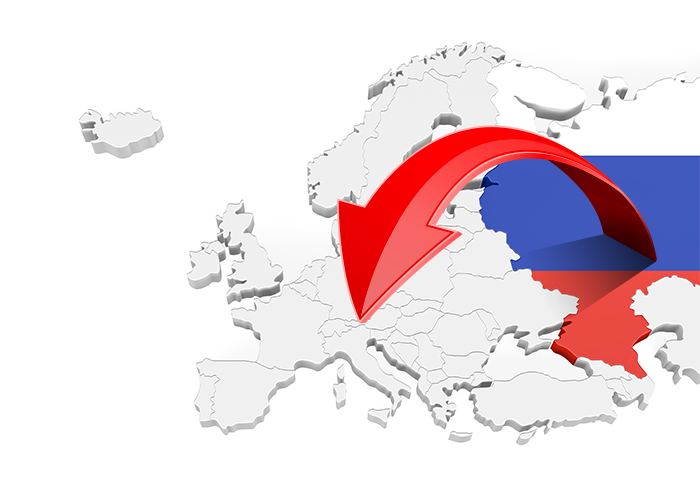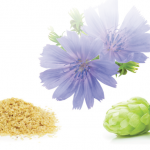African swine fever (ASF) is a notifiable infectious disease, with high economic losses, that affects pigs and wild boars. It is caused by a virus for which we still have neither a treatment nor a vaccine with proven efficacy, and whose origin was described in Africa in 1921.
by Carlos Martínez
Wild pigs in Africa may show no symptoms and act as a reservoir for the disease. However, movements of live animals and their products around the world have made ASF a major challenge that decimates pig and wild boar populations outside Africa.
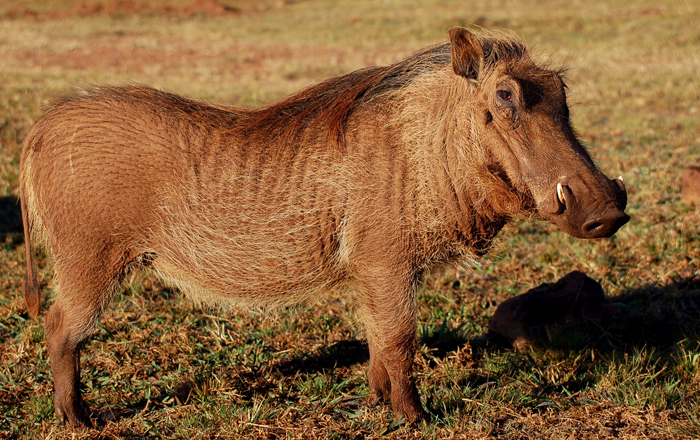
- Today Africa, Europe, and especially Asia have been hit with great virulence.
- Only in China, the largest consumer, and producer of pigs in the world, it is estimated that between 2018 and 2019 more than half of the census could be lost.
- Despite great efforts to restore production, China continues to have major ASF outbreaks since early 2021.
In Europe, the situation is far from being controlled. Since the appearance of outbreaks in wild boars and domestic pigs in Russia between 2007 and 2012, the countries bordering this vast country have been increasing their reports of positive cases: Ukraine (2012) Belarus (2013) Lithuania, Latvia, and Estonia (2014).
During the following years the disease has been spreading through the European countries from east to west: Poland (2016), Czech Republic, Romania (2017), Hungary, Belgium, Bulgaria (2018), Slovakia, Serbia (2019), Greece (2020) and Germany, where in September 2020, near the Polish border, the first positive was found in a wild boar.
Efforts to prevent the further spread of the disease have been aimed at increasing active and passive surveillance of the virus and control of wild boars.
The fundamental role of the European wild boar in the epidemiology of ASF has been known for years. It manages to travel great distances even between countries, being able to infect both domestic and wild pigs, as well as other wild boars on its way.
Therefore, several of the actions aimed at controlling ASF in central Europe include wild boars:
- Selective hunting
- Search for corpses
- Ban on feeding wild boars
- Hunter training
- Fencing of areas close to places where positive animals were detected
- Ban on sending wild boars between EU countries
- Plan for the eradication of ASF in wild boars in Germany
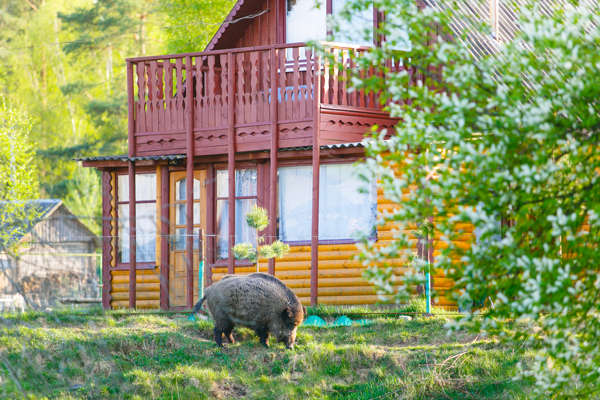
These controls by our center European fellow can help us stop the unstoppable progress of the ASF virus, but we continue to have to maintain our controls and not lower vigilance within our borders.
ASF today can only be controlled thanks to the surveillance work of different institutions and professionals, and the implementation of biosafety procedures by all the links that make up the industry.
- The ASF virus does not affect humans or other animal species, however, it has countless routes of transmission to pigs: contact with sick animals, contaminated objects, vehicles, meat products from infected animals … almost any surface it can serve as a vector for the virus.
- It is a virus that can persist in the environment at pH 4 to 13, survive in pig and wild boar carcasses, survive at least 11 days in feces (at 20 ° C), 30 days in a dirty pen, 140 days in cured hams and 18 months in blood at 4 ° C.
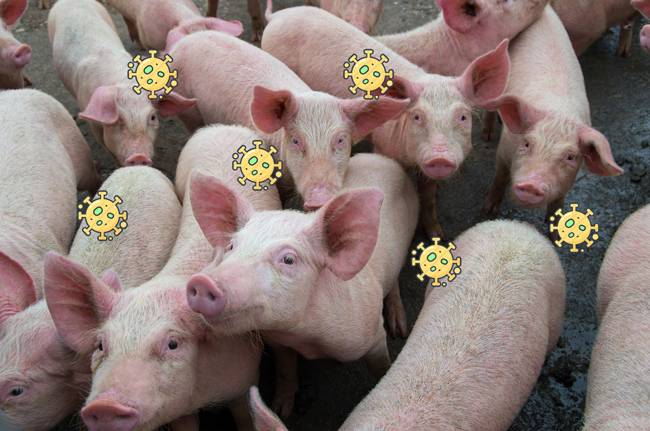
BIOSECURITY, THE KEY TO CONTROL AND ELIMINATION OF THE DISEASE.
Biosecurity is the most important tool against this disease. Biosecurity is composed of a series of measures that we take to prevent the entry of pathogens into a farm, area, or country and/or prevent their exit from it.
Some of the most important points within this strategy are cleaning and disinfection. They are of such importance that they are detailed in article 12 and Annex II of Royal Decree 546/2003, of May 9, which establishes specific provisions to combat ASF in our country.
And it is that among the many control points against ASF, one that continues to be crucial is the cleaning and disinfection of, among others, the trucks that transport animals into and out of our territory:
- Between countries (such as: feed trucks, replacement animals, or piglets for fattening in other countries).
- Between geographic areas (such as trucks of animals to slaughterhouse or cadaver collection).
- Between neighboring areas (movement of piglets to fattening units, replacement gilts).
Movements that often involve entering and leaving different farms and that may not have enough time for exhaustive cleaning and disinfection.
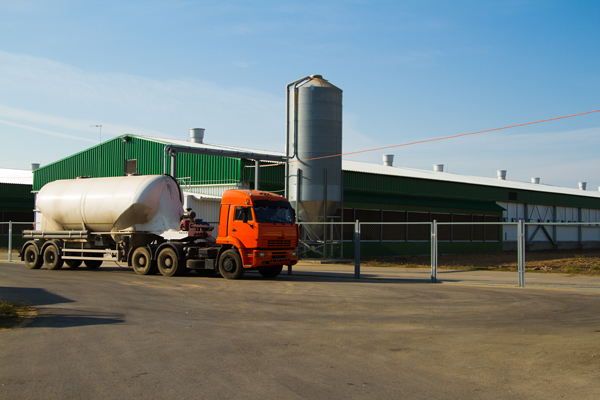
This situation is crucial, but even more when we talk about ASF where only some disinfectants have managed to show efficacy in eliminating the presence of the virus from surfaces. To find out about these disinfectants, the Ministry of Agriculture has prepared a list of officially registered disinfectant products that have demonstrated efficacy against the African swine fever virus.
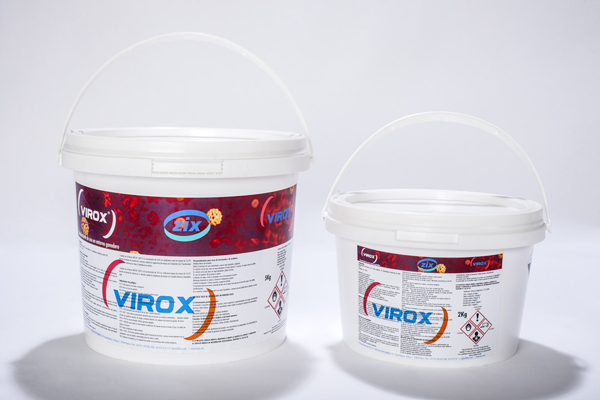 Demonstrated efficacy against ASF virus in heavy soiling tests.
Demonstrated efficacy against ASF virus in heavy soiling tests.
Official registration in the Ministry of Agriculture, Fisheries, and Food (MAPA) against the ASF virus.
The trucks, like any other vehicle that enters the farm, must come with the appropriate documentation and go through the cleaning and disinfection measures that are part of our Biosafety protocol on the farm (wheel bath, disinfection arches) without forgetting the people who come. inside (footbaths for footwear, change of clothes to avoid the entry of virus attached to it, avoid the consumption of pork or its derivatives, avoid entering the facilities …) the health of the transported animals is as important, as the cleaning and disinfection of the vehicle and the training of the people who drive them.
It is important to note that the ASF virus is highly contagious, it can remain infectious in the environment in different places and surfaces, and that it continues to spread throughout Asia and Europe.
- The efforts of our neighbours in central Europe to control the spread of the disease are succeeding, but we can never let our guard down
- The growing wild boar population in Europe, together with the incessant movement of live animal transport between countries, remain some of the risks that we must bear more in mind
- Last, but not least, is our task of verifying the origin and route of the carriers together with the documentation of the animals and vehicles (cleaning and disinfection)
The use of products approved by our competent authorities against ASF will allow us to provide our biosecurity program with an additional guarantee against a disease that we hope we will never have again on our farms.



